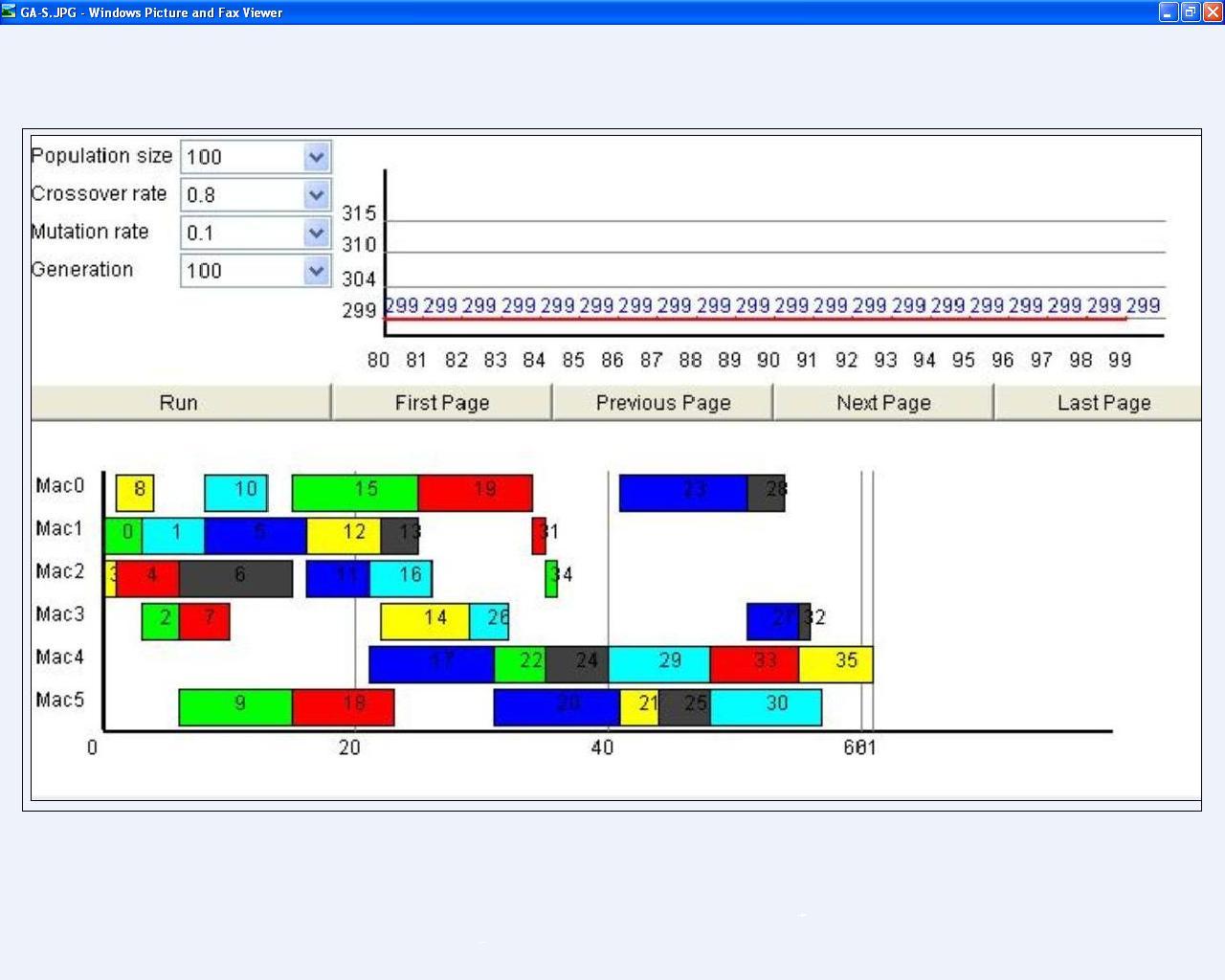Shell Canada Productivity with ERP
- How did ERP help improve business operations at Shell?
- The ERP system has helped the company immensely in terms of reducing and streamlining the highly manual process of third-party contractors submitting repair information and invoices. On average, there are between 2500 and 4000 service orders handled by these contractors per month on a nationwide basis.
- How could extended ERP components help improve business operations at Shell?
- By this ERP system, it takes only a few minutes for a contractor to enter details about a service order. This information also can be transmitted through a wireless PDA to the appropriate Shell manager for immediate approval.
- Another bonus of the ERP system is that the contractor's monthly summarized invoices can be generated automatically and fed directly into the the ERP system's account payables application for processing. No rekeying of data required and if there is an issue or concern with one invoice item, the other items on the invoice can still be processed for payment.
- What advice would you give Shell if it decided to choose a different ERP software solution?
- ERP system is easy to use because the past systems used by refinery workers were complex and difficult to search for information. The ERP system in place now has a portal-like interface that allows refinery workers to access the functions and information they need to keep operations running. The web interface allows workers access to this information with one or two clicks of a mouse.
- How can integrating SCM, CRM, and ERP help improve business operations at Shell?
- SCM, CRM and ERP are the backbone of e-business,these applications is the key to success for many companies and allows the unlocking of information to make it available to any user, anywhere, and anytime.
- With new system,employees across the company have gained fast and easy access to the tools and information they need to conduct their daily operations.







